Note:
Do not open the radiator cap of a warm engine until it has cooled down. With a sharp decrease in pressure, hot antifreeze will instantly boil, which will lead to the release of boiling water from the radiator filler neck.
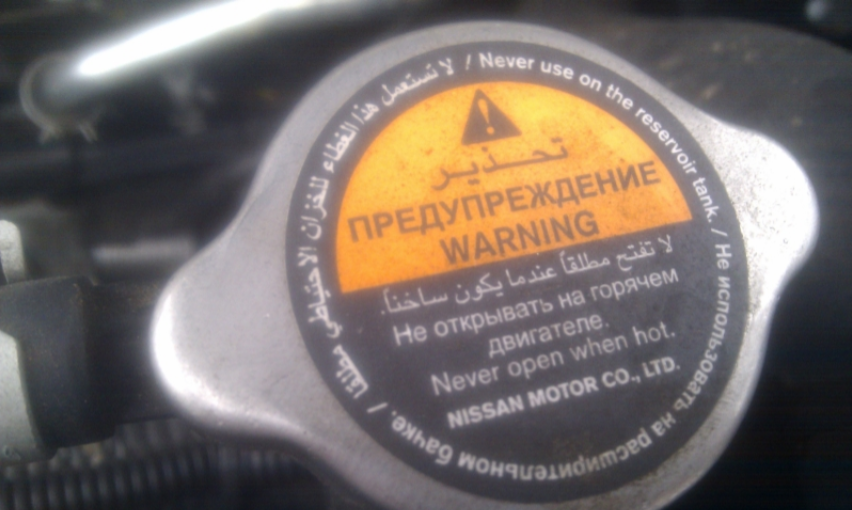
Pressure in the Nissan X-Trail cooling system
The engine cooling system is sealed. When the engine is running and the antifreeze heats up, pressure builds up in the system. It is limited by a safety valve installed in the radiator cap.
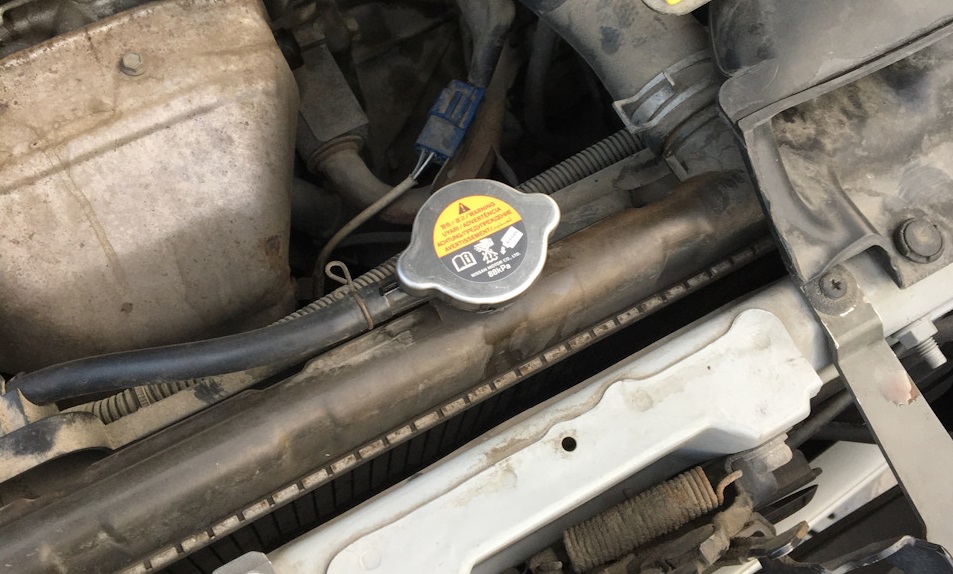
When the pressure in the system increases to 78.4–98.0 kPa , valve 1 opens and the coolant begins to be forced out through hose 2.
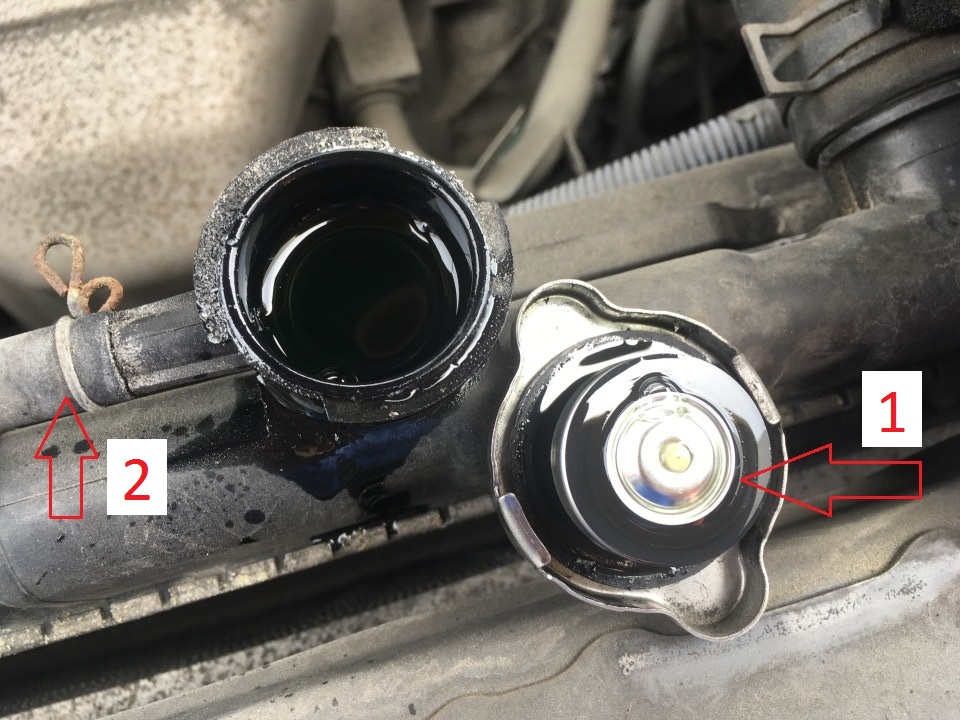
The liquid enters the expansion tank 3 .
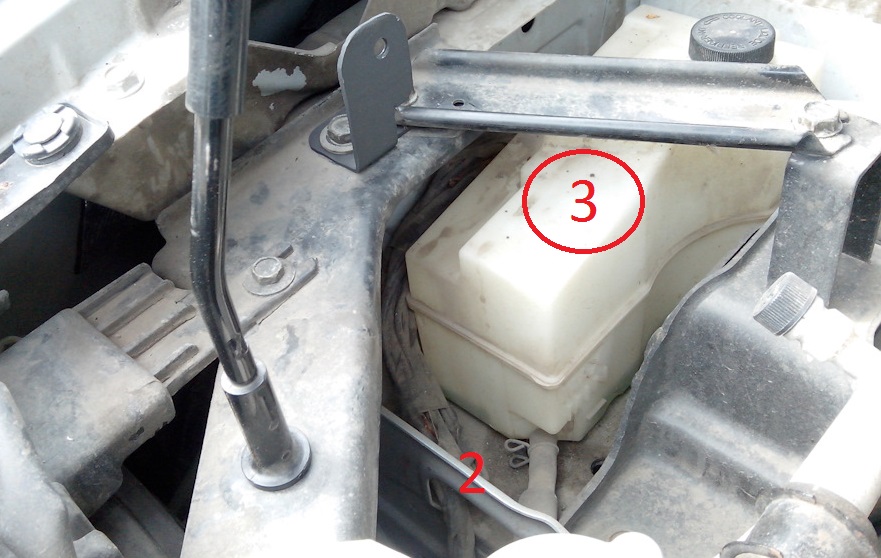
Excessive pressure in the Nissan X-Trail cooling system is necessary to increase the boiling point of antifreeze.
The use of a vehicle with a radiator cap whose valve has a very low response pressure or without a cap at all is unacceptable! This may cause the motor to overheat.
Also, prolonged use of a car with high pressure in the Nissan X-Trail cooling system will certainly lead to damage to its elements. High pressure can be identified by swollen and too hard rubber hoses in the system.
When the antifreeze cools, the pressure in the Nissan X-Trail cooling system decreases and may become less than atmospheric pressure. A non-return valve is built into the radiator cap to prevent vacuum. It works at a pressure of 0.98–4.9 kPa and the liquid from the expansion tank returns to the cooling system.
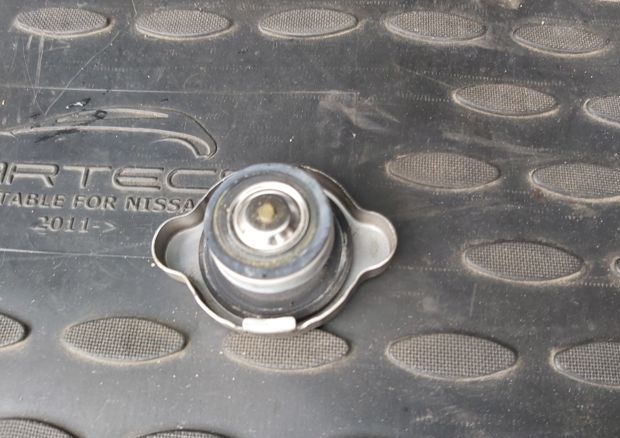
Check valve failure can be identified by contracting cooling system hoses when the engine cools down. You can also accurately check the operation of the valves using a special device at the service station. The radiator cap with faulty valves must be replaced with a working one.
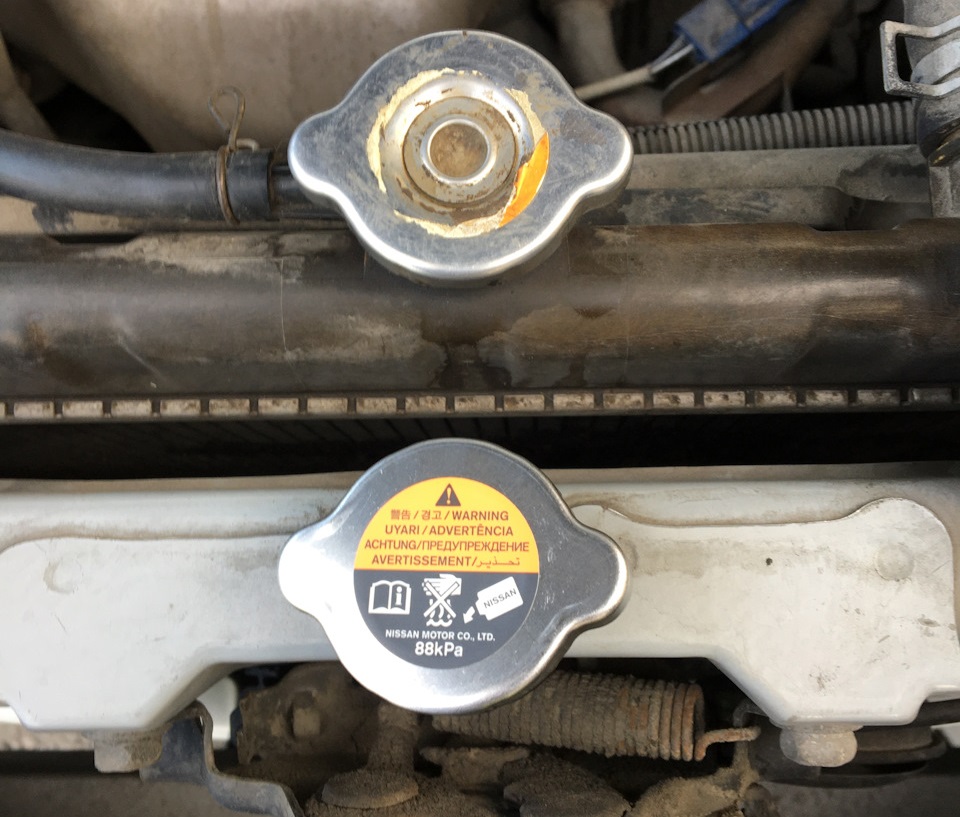
Warning:
Do not replace the radiator cap with one of the correct size but with a different valve set pressure. This may damage the cooling system.
Source: carpedia.club
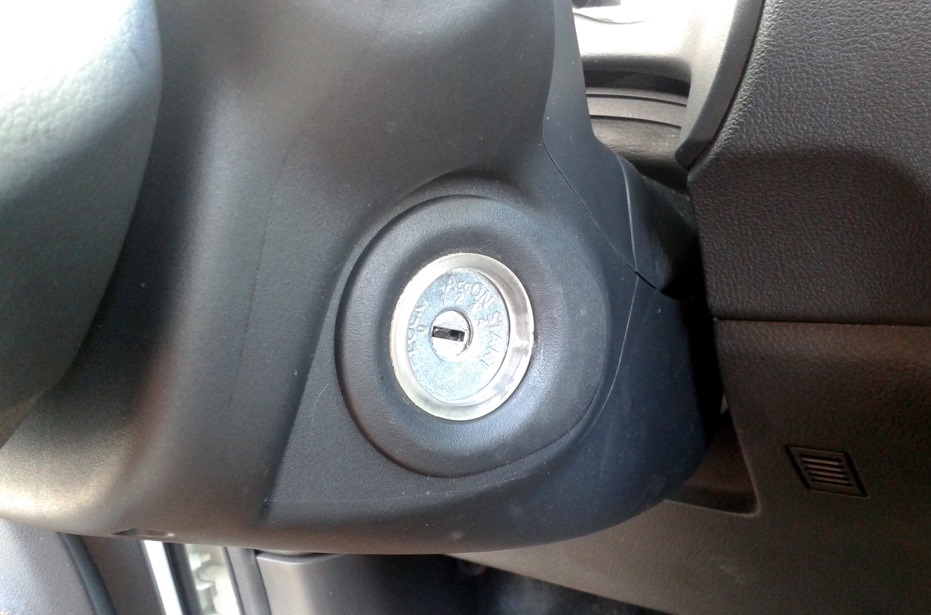
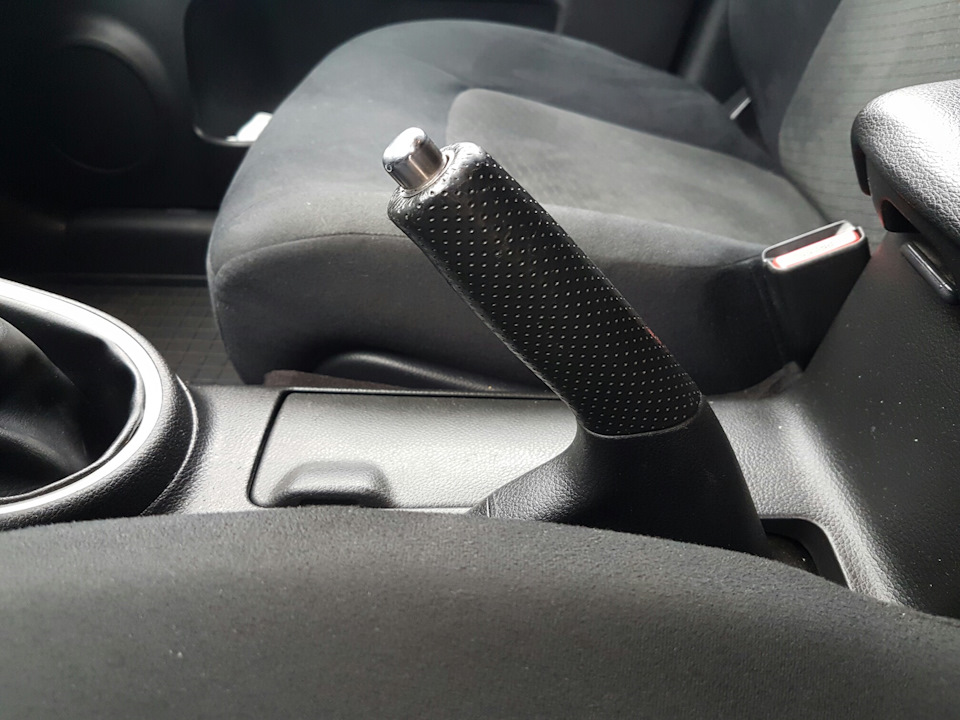
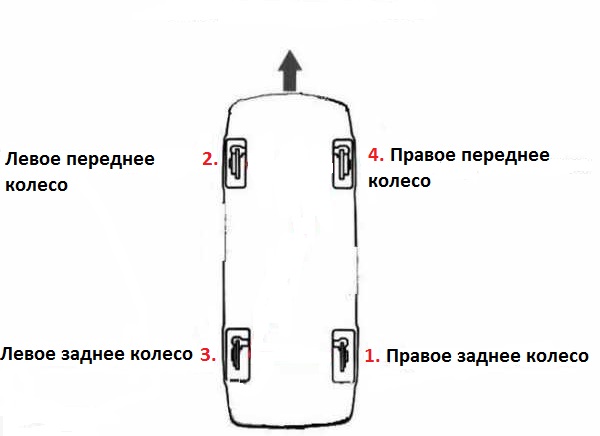
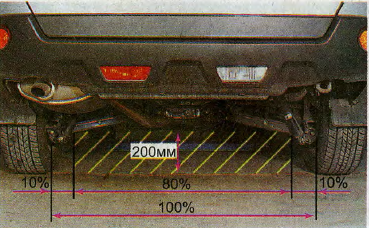
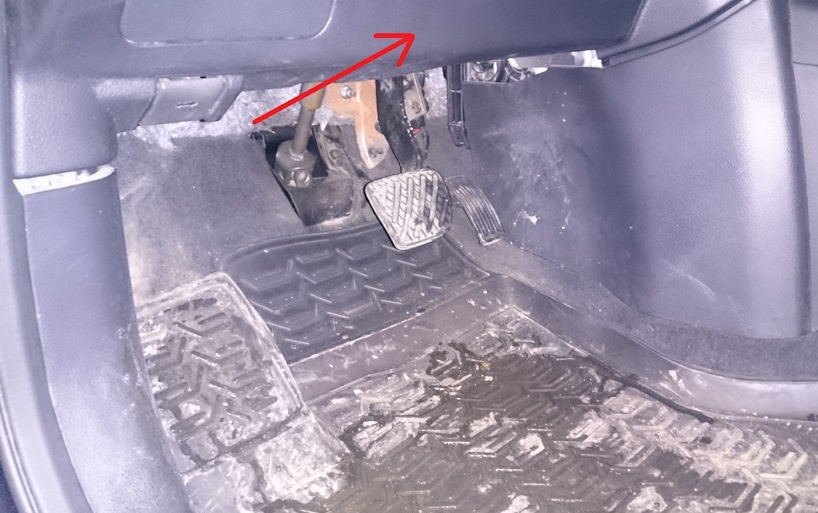

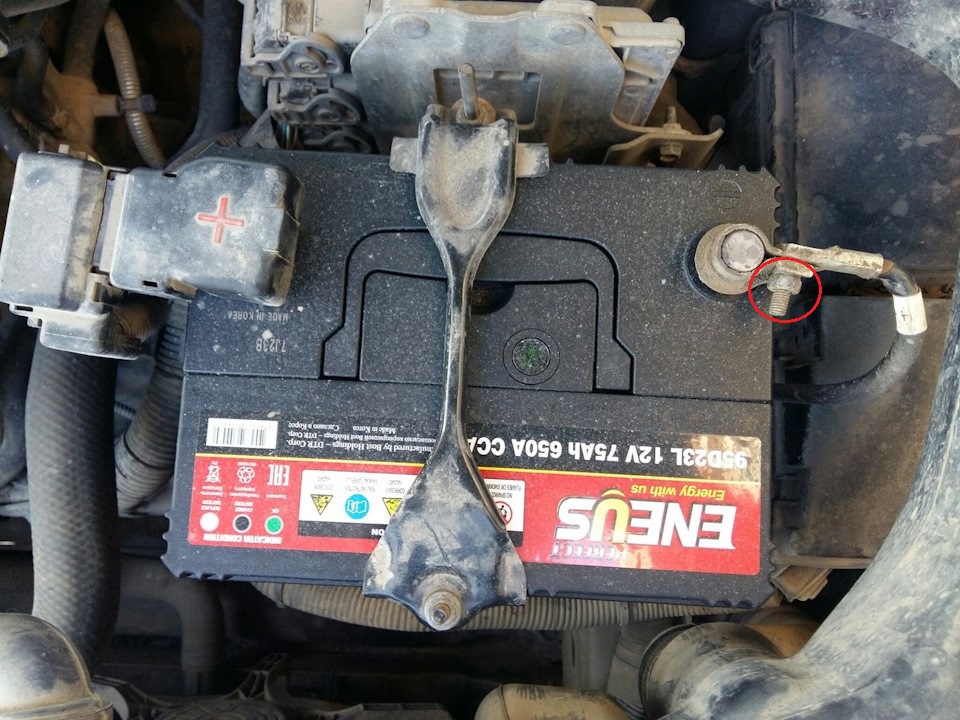
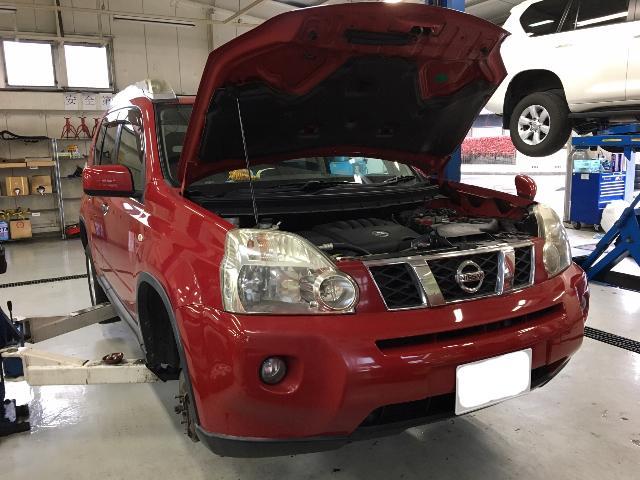
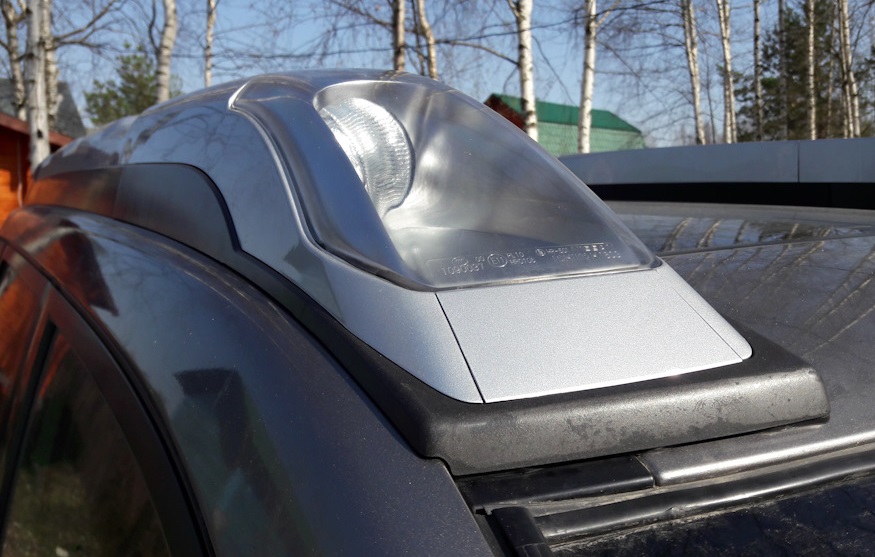
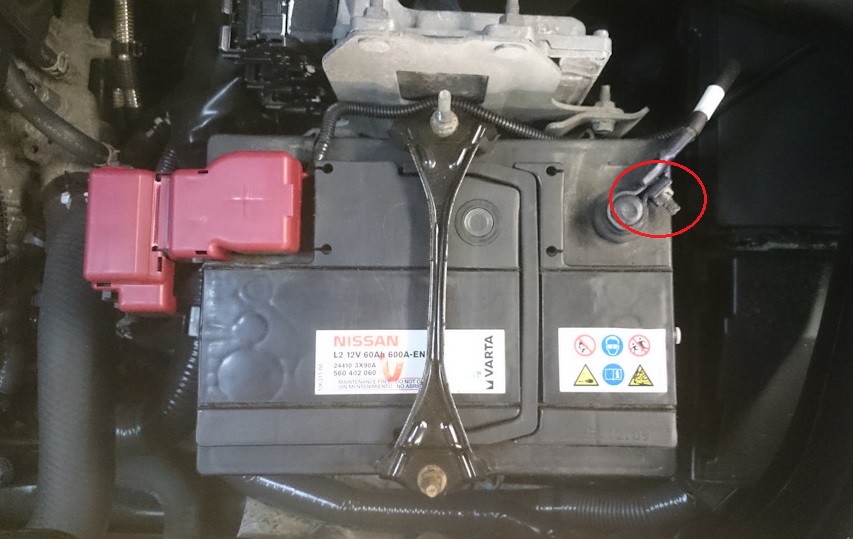
![T31 [2007 - 2011]](/uploads/-_2009.jpg)
